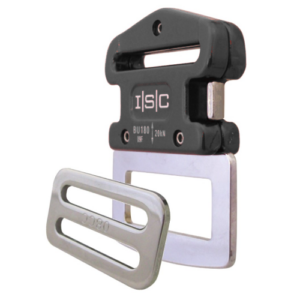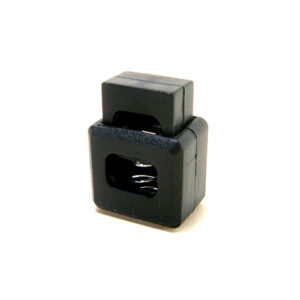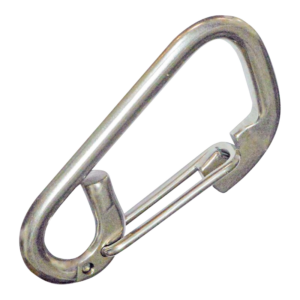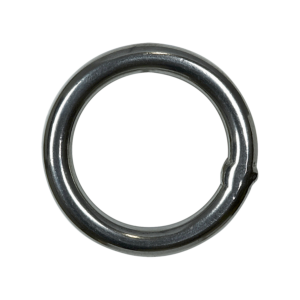In the construction industry, falls from height are the most common cause of fatal workplace accidents. Falling is also a hazard in other industries such as telecommunications, electricity reticulation, and building maintenance.
Several people die in New Zealand each year as a result of falling from height at worksites. Usually a fatality is due to total lack of a fall protection system, even though it is required by law and by common sense. Very rarely, it is due to failure of a fall protection system through misuse.
Proper hazard management must be in place to manage the risks of working at height. Fall protection is a planned response to foresee-able fall hazards. A fall protection system is established when a hazard assessment has identified a risk of falling.
A hazard assessment should be made at each work site, documenting the potential hazards, the likelihood and the severity of the risks associated with them, and the steps taken to deal with them, normally by using a hierarchy of control analysis. See section 3 for an explanation of this concept.
The hazard assessment should consider “access to and egress from the work area, ability of work platforms to support people and equipment, size of and changes to the work platforms, restraints to stop people stepping off work platforms, obstructions caused by materials and objects, unprotected work platform edges or openings, and proximity of energy sources such as electricity and gas” (OSH Guidelines for the prevention of falls).
Decisions on the appropriate fall protection system should be based on a careful assessment of the work site. The need for training of all staff must also be taken in account.

















